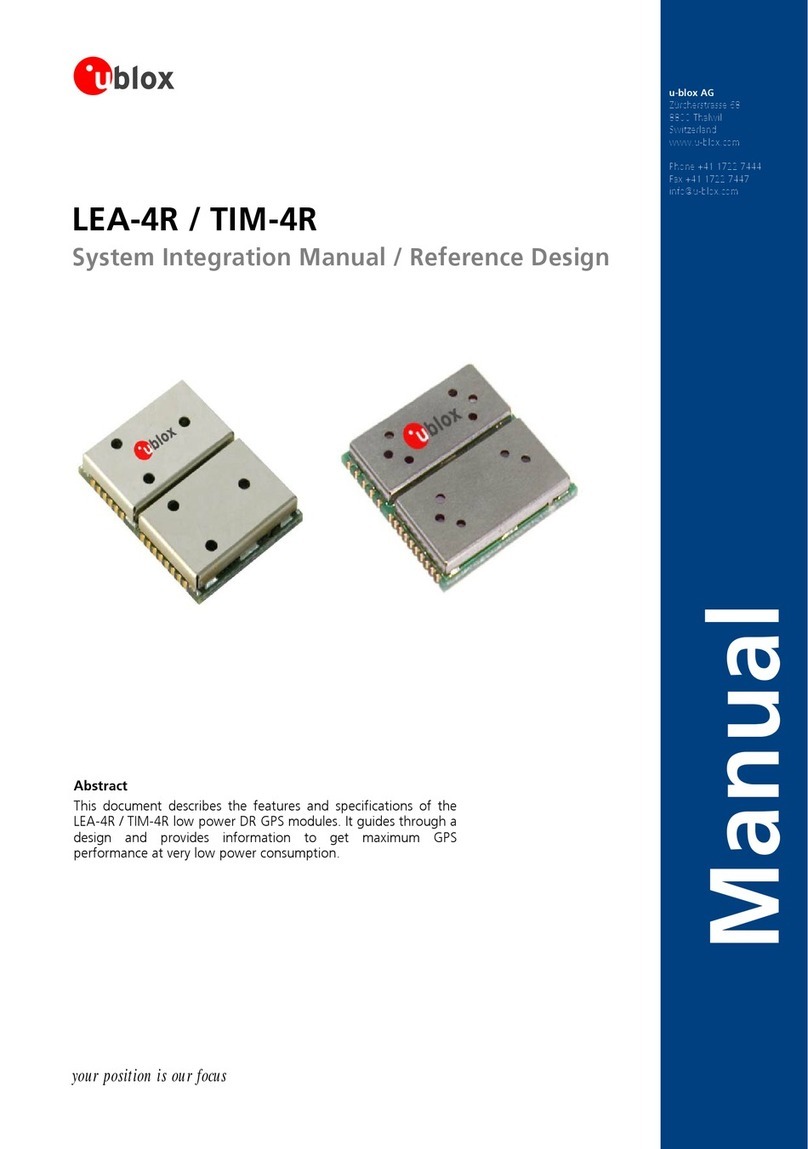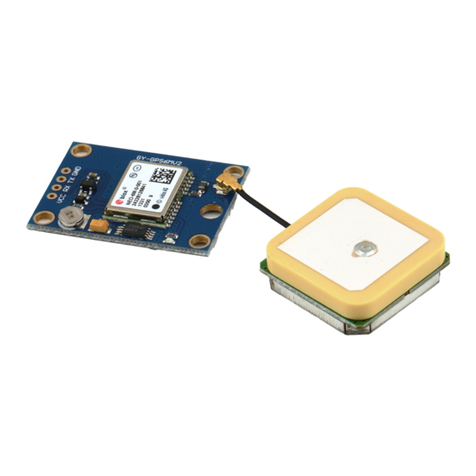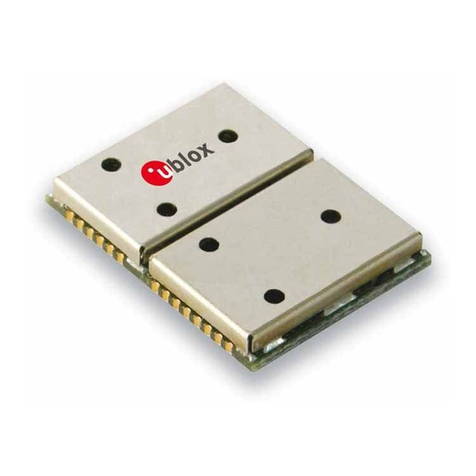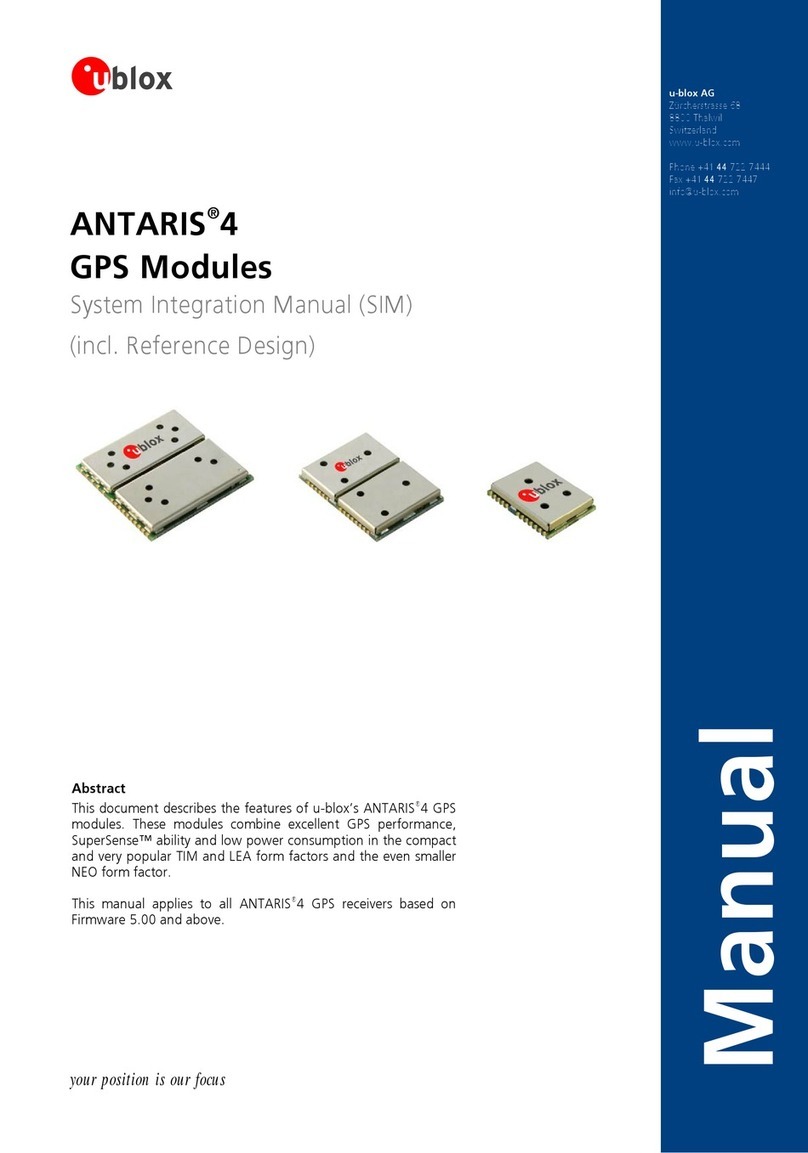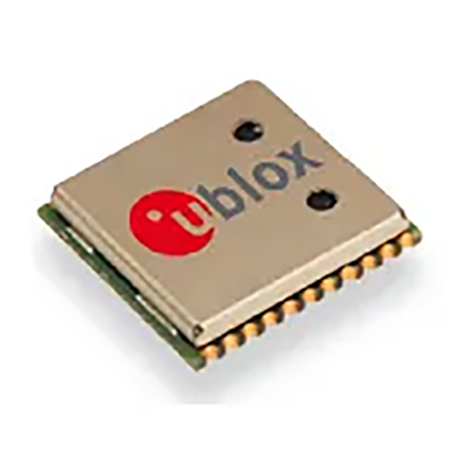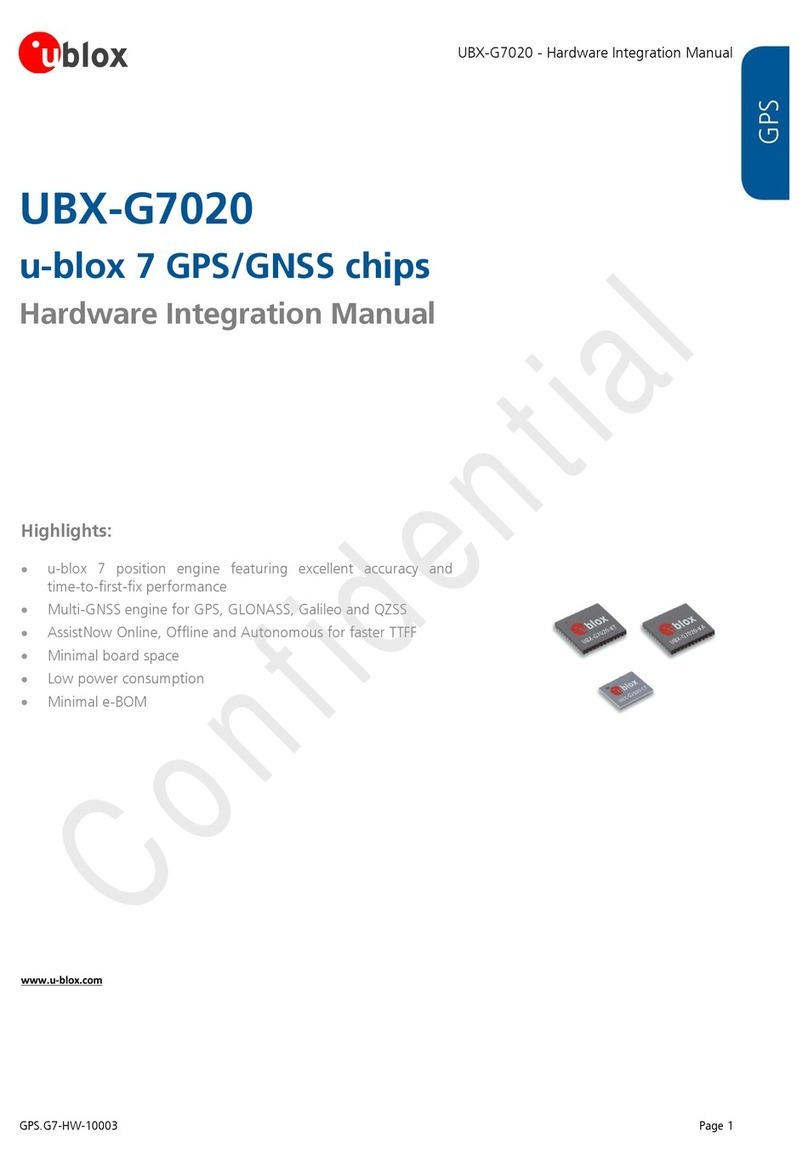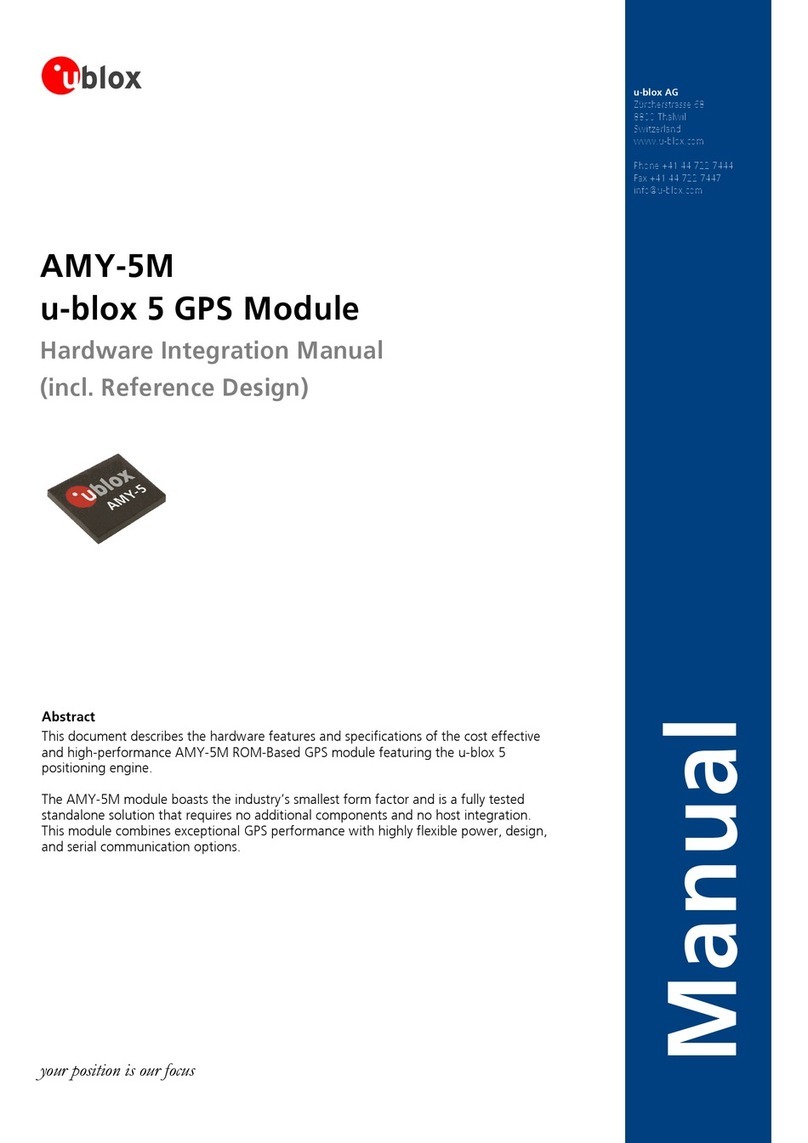
AMY-5M - Hardware Integration Manual
GPS.G5-MS5-08207-A3 Preliminary Contents
Page 6 of 54
2.7.1 Schematic design-in checklist for u-blox 5 ................................................................................... 27
2.7.2 AMY-5M design .......................................................................................................................... 28
2.7.3 Design for AMY-5M .................................................................................................................... 29
2.8 Layout design-in checklist ................................................................................................................... 31
2.9 Layout ................................................................................................................................................ 32
2.9.1 Footprint ..................................................................................................................................... 32
2.9.2 Paste mask .................................................................................................................................. 32
2.9.3 Placement ................................................................................................................................... 33
2.10 Migration considerations................................................................................................................. 33
2.11 EOS/ESD/EMI precautions................................................................................................................ 34
2.11.1 Abbreviations .............................................................................................................................. 34
2.11.2 Electrostatic Discharge (ESD)........................................................................................................ 34
2.11.3 ESD protection measures............................................................................................................. 34
2.11.4 Electrical Overstress (EOS)............................................................................................................ 35
2.11.5 EOS protection measures............................................................................................................. 35
2.11.6 Electromagnetic Interference (EMI) .............................................................................................. 35
2.11.7 GSM applications ........................................................................................................................ 36
2.11.8 Recommended parts ................................................................................................................... 38
3Product handling & soldering....................................................................................39
3.1 Packaging, shipping, storage and moisture preconditioning ............................................................... 39
3.2 ESD handling precautions ................................................................................................................... 39
3.3 Soldering ............................................................................................................................................ 40
3.3.1 Soldering paste............................................................................................................................ 40
3.3.2 Reflow soldering ......................................................................................................................... 40
3.3.3 Optical inspection........................................................................................................................ 40
3.3.4 Repeated reflow soldering........................................................................................................... 40
3.3.5 Wave soldering............................................................................................................................ 40
3.3.6 Hand soldering ............................................................................................................................ 40
3.3.7 Rework........................................................................................................................................ 40
3.3.8 Conformal coating ...................................................................................................................... 40
3.3.9 Casting........................................................................................................................................ 41
3.3.10 Use of ultrasonic processes.......................................................................................................... 41
4Product testing ...........................................................................................................42
4.1 Test parameters for OEM manufacturer .............................................................................................. 42
4.2 System sensitivity test ......................................................................................................................... 42
4.2.1 Guidelines for sensitivity tests ...................................................................................................... 42
